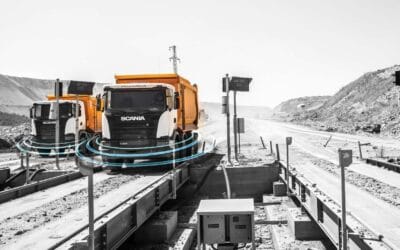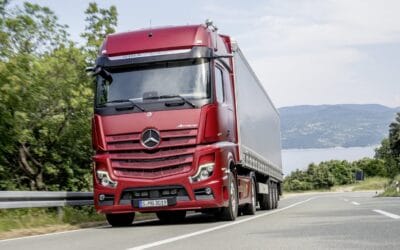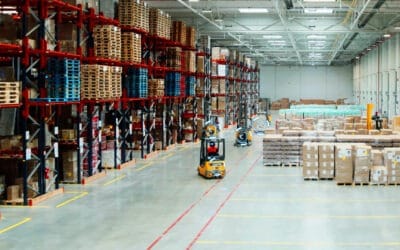INTELLI WEIGHBRIDGE | SMART WEIGHBRIDGE SYSTEM
We Eliminate Weighing Errors with RFID!
We prevent the scale operator from making manual errors and make your scales smart.
RFID SMART SCALE SYSTEM
GENERAL FEATURES OF THE SYSTEM
Automatic weighing, identification, tracking and administrative reporting of all carrier trucks (excavation vehicles, garbage trucks, etc.) within the scope of automation can be provided. Thanks to the RFID TAGs that will be affixed to the glass of all load vehicles, the automatic identification process will become 100% consistent, eliminating operator dependency.
In the vehicle measurement industry, this is one of the fastest growing sectors. Automation systems provide businesses with a great opportunity to reduce labor costs and increase productivity. By reducing the intervention of office staff in the weighing process, they are freed up to focus on other responsibilities and office activities.
It ensures that sales can be made without interruption during counting.
Inactivating unused material types.
In addition to material and rate table categories, other categories are available to maximize reporting features (location information, etc.)
Stability settings to ensure consistency during weighing.
Transporter information and report generation.
How does the RFID SMART LATCH SYSTEM work?
- RFID Tags: The first step is to place RFID tags on the objects to be measured (products, packaging, etc.). These tags store the identity of the object and other relevant data. Each tag has a unique identification number.
- RFID Readers and Antennas: RFID readers are used to read and process the data stored in tags through antennas.
- Data Processing and Visualization: The reader processes the data from the tags and outputs measurement results. This data is usually saved in a database and can be accessed as needed.
Advantages of the System
100% Automatic
It is a fast system that completely eliminates operator dependency.
Central Government
All transactions performed at multiple locations can be monitored instantly from a single center.
Precise and Fast Weighing
It can measure the weight of objects precisely and quickly.
Time Saving
Time is saved through automated measurement and data collection processes instead of manual measurement and data entry.
Accurate and Easy
Improved customer service through multi-option reporting and readable receipts.
Areas of Use
RFID Smart Scale system is generally used in all areas where RFID technology is used. It can be used in Logistics and Transportation, Energy and Resource Management, Mining and Earthmoving, Food, Retail, Construction Materials, Import and Export and Warehouse.
Sources
OUR OTHER SOLUTIONS
RFID FORENSIC ESCROW SYSTEM
RFID forensic escrow system, It is now easier to record the criminal items coming to the forensic escrow office, to count them in the warehouses, to ensure their security and to carry out forensic procedures with RFID technology.
Other Content
Keep following us to be informed about all developments in the field of RFID and IoT. New information and new solutions coming soon…
Weighbridge License Plate Recognition Tracking System
Weighbridge License Plate Recognition Tracking System is an advanced technology that automates and secures vehicle weigh-in and weigh-out processes in logistics, construction, mining, and industrial...
RFID Applications in Automated Weighing Systems
Automated weighing systems are increasingly used to improve efficiency and reduce the margin of error in industrial processes. One technology that enhances the efficiency and accuracy of these...
Forklift Tracking and Warning System
Given the prevalence of forklifts and their important role in material handling, it is crucial to ensure their safe operation. Forklift tracking and warning system have emerged as indispensable...





